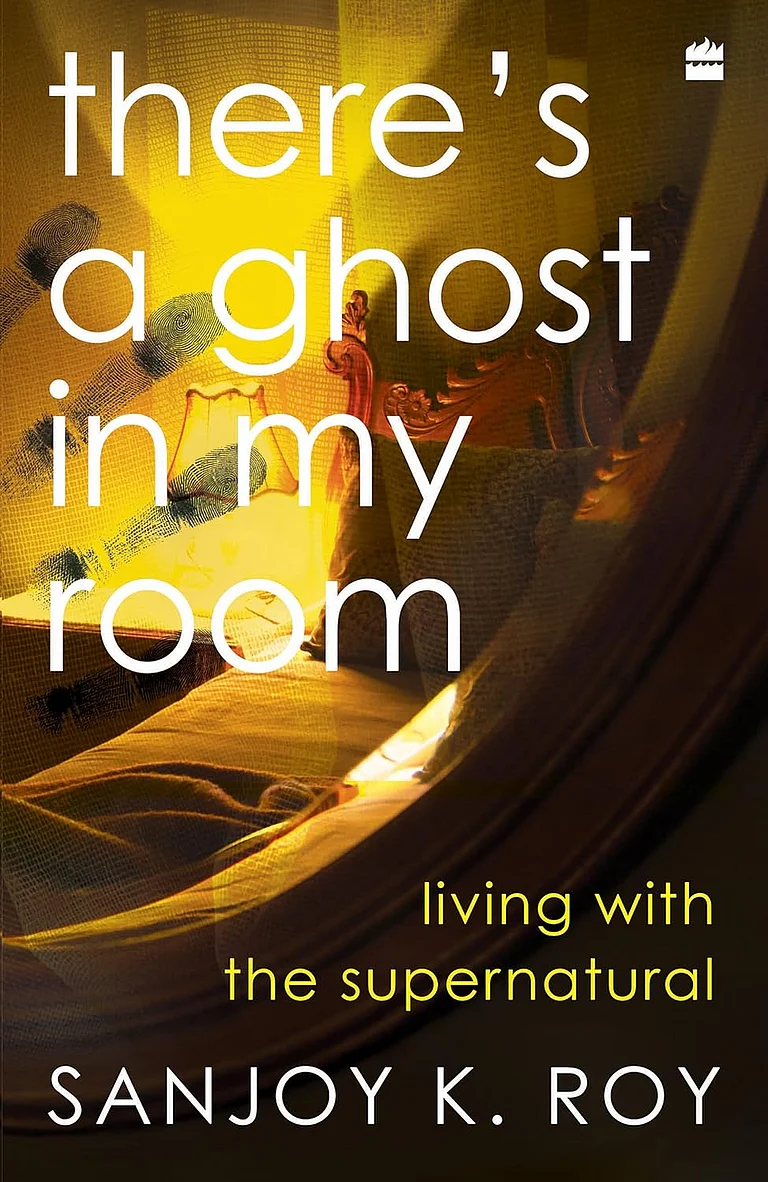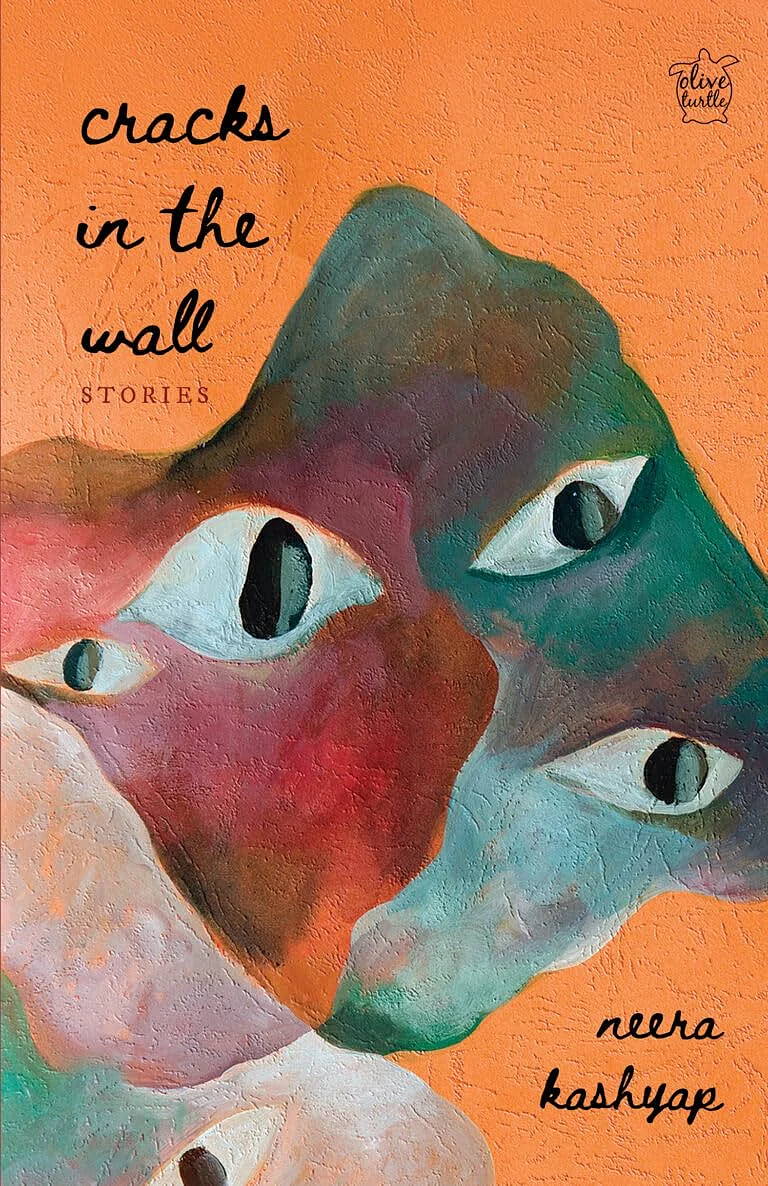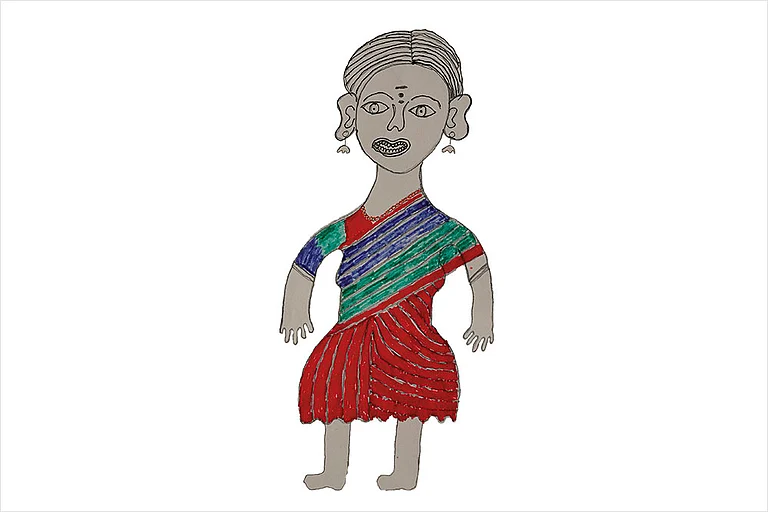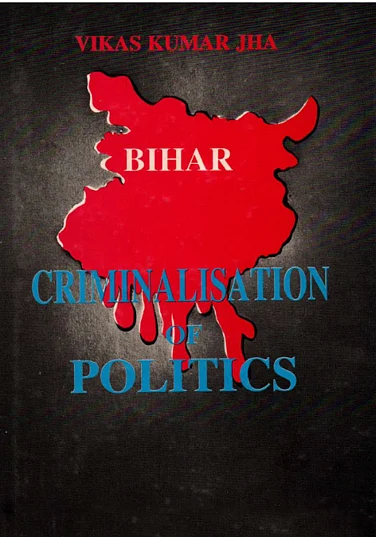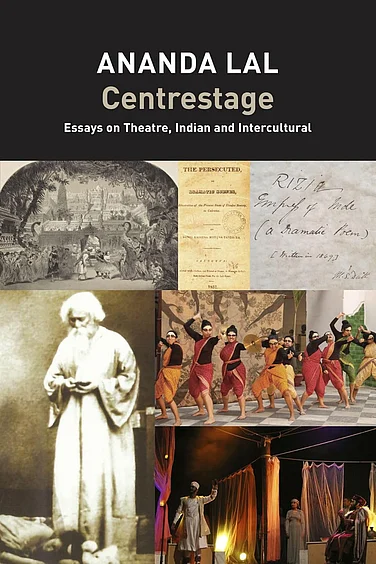
Kannanari’s The Menon Investigation uses the frame of a crime thriller to expose the deep entrenchment of caste and patriarchy in modern India.
Through its flawed protagonist Vijay Menon, the novel dissects Brahminical masculinity, hypocrisy, and the illusion of justice.
Set against vividly rendered Kerala landscapes, it blends dark humour, psychological insight, and social critique to reveal the persistence of India’s “original sin.”
Saharu Nusaiba Kannanari’s literary whodunit, The Menon Investigation is a nuanced meditation on the persistence of caste in the Indian State and society. A tragedy that turns educated, seemingly progressive men into paranoid bigots and criminals and every shade in between.
If the original sin in the Bible was Eve biting the forbidden fruit, in 21st-century India, the novel shows, it is a Dalit daring to taste the savarna apple. The possibility of redemption though, does not exist in our original sin story. Savarna patriarchy cannot allow it to exist. Restoring ‘divine justice’ to caste violations is the savarna patriarch’s burden, his honour-bound duty. Hence, crimes committed in the name of divine duty will not be recognised as crimes, no matter what the law says.
Despite the grim theme, Kannanari’s investigation is often humourous, half tongue-in-cheek. Like any genre novel, the narrative is constructed around the central mystery of finding the culprits behind the eight-year-old closed case of SI Kannan Matthew’s murder. The reader learns to leap over exposition rendered in an omniscient, thesaurus-like voice whose motto seems to be: why choose the common word when a bigger, more convoluted one exists! The element of delight lies in crackling dialogues and scenes of subtle humour.
The investigation is a device to explore the investigator and his social milieu. Wordplay begins in the title itself, which refers to not just a murder case inquiry but an inquiry into the protagonist IG Vijay Menon’s increasingly compromised fragile masculinity, and through it, into the “Menon state of mind” that afflicts not just him but all insecure Brahminical, half-Brahmin men like him. There is also the other side of the half-Brahmin Menon—the half-Adivasi Menon, whose destiny is to be a tool, a paid perpetrator employed by the actual criminal and then thrown under the wheels of ‘justice’.
In a nod to hard-boiled crime novels, Kannanari treats us to cinematically rendered scenes of violence, hunting and killing, set in picturesque beaches and dense jungles of the Western ghats. But after setting up, Kannanari subverts the hard-boiled trope because for him the novel is the ultimate tool (better than cinema) for exploring the human heart and psyche and revealing a measure of truth about the human condition. So the action scenes are cut with deep dives into the characters’ hearts, their soft underbellies and aching behinds.
Vijay Menon, the apparently tough cop, is an insecure man. Surrounded and often overwhelmed by the choices and judgements of his daughters and wife, he feels anxious and finds himself incapable of voicing this anxiety, because that would make him look ridiculous. He secretly stalks his brilliant wife on Facebook. He obsessively googles his daughter’s boyfriend whose lack of a second name triggers his caste anxiety. He needs sleeping pills to fall asleep and manages his erectile dysfunction with Viagra. His past trauma is his dark skin because of which he was taken for a Dalit in his school days despite being a half-Brahmin Menon. This swashbuckling officer also suffers from hemorrhoids and alternates briefings with the DGP with visits to the proctologist.
The perpetrator Shyamu is a devoted son to Nelly in a way the Brahmin Menon can never be. By the end of the novel, Vijay Menon, the man who finds the real culprits behind the eight-year-old unsolved murder case of a Dalit Christian sub-inspector, turns into a parody of the ideal hero, no better than the criminal, a man in the grip of the very sin that initiated the long chain of crime he has just unknotted.
A story of the original sin requires a Biblical setting. Kannanari uses his intimate knowledge of the jungles and hills of Wayanad, the dark seas of Kozhikode, the moody skies torn apart by lightning to great effect. He brings alive the people and the setting and uses the moods of the jungle and the skies to inform the story’s thematic arc. By the end of the novel, readers are sure to have become familiar with the undulating, green small towns on the highway where Adivasis live in tarp shacks and man-animal conflict is routine. Where the Internet and Flipkart reach faster than government-run toilet schemes.
Readers will not miss the traditional arc of redemption in the novel because the narrative’s aim is to expose the living lies. Justice rendered in such a set-up is also bound to be a lie. In a society structured around the superiority and dominance of a few over the labour of many, where men are unable to see women as equals, fatherhood itself—the claim of a pure caste lineage and the need to prevent its possible sullying —becomes the first lie. The male ego must violently protect this lie with the help of the similarly compromised: the State, the mighty, society.
‘All quarrel; all sins spurt from this divine lie.’
This is a novel that thrills as much as makes you think.







